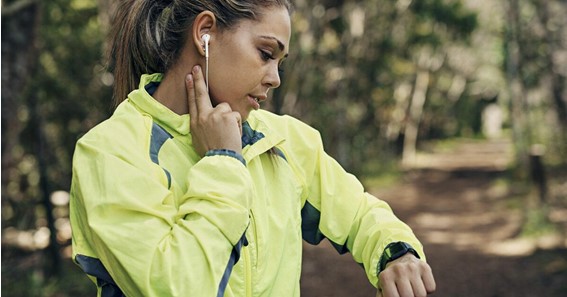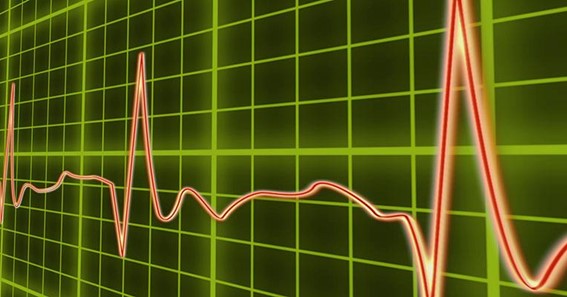The heart is a vital organ that provides oxygen to organs and tissues. As seen on this page, having a good heart rate is essential for your overall health. It’s a pace by which this organ pumps blood and transfers nutrients throughout the body.
The number of heartbeats ranges from 60 to 100 beats per minute in healthy people. When you’re at rest, your heart should be at around 70 percent of your maximum capacity, so you don’t feel too tired. Many factors, including age, medication, stress, sleep, and physical activity levels, affect this parameter.
Your pulse will vary from minute to minute, depending on what you are doing. When you are active, it will be higher. The number of beats will also go up if you are stressed or sick. In any case, it’s desirable to keep this parameter under control. Regular measuring is one way to do that.
click here – Kitchen Appliances for dessert lovers
Radial Method
The best way to check your heart rate is by pressing the surface of your inner wrist with the index and middle fingers of the opposite hand. That’s how you can measure the radial pulse. Count the number of beats in 15 seconds. Multiply that number with 15, and the result is your heart rate.
You should do this at least once a week to see what you’re doing. This method comes in handy to monitor your heartbeats before a workout or competition. You can use this parameter to find out what your body needs to stay fit. Also, you can get a more accurate reading by undergoing a performance test. Try varying your exercise intensity.
click here – 6 Of The Best Books on Investing
Neck Method

Another particularly popular way to measure heart rate is on the neck. The technical name for this parameter is a carotid pulse, as it uses a carotid artery located below your jawbone. This method is suitable for measuring pulse while exercising (you only need one arm). The formula is identical to measuring radial pulse.
When you place your fingers to your neck, wait for a few seconds until you feel stable heartbeats. Stop whatever you do and try to be as calm as possible. Then you should count beats for the next 15 seconds. Use a stopwatch for precise counting.
When you measure your pulse, you might feel your pulse skips or beats faster for a second. That shouldn’t worry you if it happens only from time to time. That extra pulsing is called an ectopic heartbeat and usually requires no examination or treatment. But if you feel that frequently, talk to your doctor. They would suggest heart monitoring and detailed checkups.
Use Gadgets
You can check your pulse with exercise machines, trackers, etc. Most digital blood-pressure readers and oximeters can measure pulse, too. Fitness trackers are not cheap, but they are fairly accurate. They have a wireless monitor you need to put on your chest. It’s connected to a wristwatch that will read the measurement results.
During your workout, you can measure the number of beats on any cardio machines – bikes, treadmills, rowing machines, elliptical devices, etc. They usually have pulse meters on their grips, so make sure you hold them firmly more accurate results.
Also, you can use your phone’s flash or camera and any exercising app or a Bluetooth-connected tracker when exercising at home. These gadgets and apps cannot always be as accurate as traditional methods. Still, they come in handy when you can’t measure your radial or carotid pulse. You can use them for some approximate checks.
Doctors, nutritionists, and professional trainers usually recommend heart rate watch by CardiacSense and professional pulse meters that give accurate readings. These can help you understand your heart’s activity level and determine if it’s higher or lower than usual. Besides measuring this parameter, these devices can also identify the risk of heart diseases and strokes.
In the same way as other muscles, the heart can be worked out to increase its strength and endurance. So if you want to reach your fitness goals, this vital organ needs to be in a good place. By regular pulse measuring, you can keep your heart rate under control and be one step ahead in detecting potential health issues.









